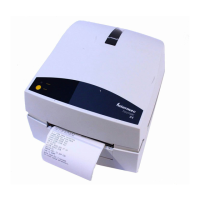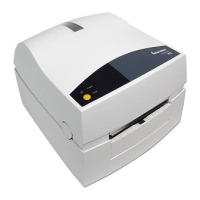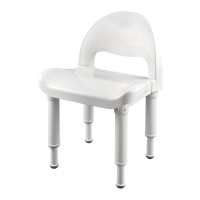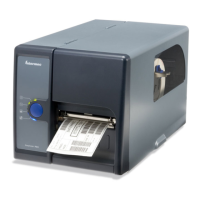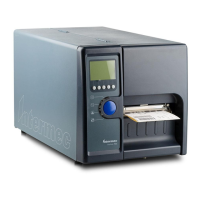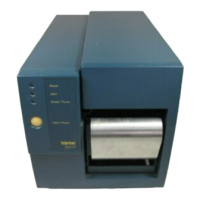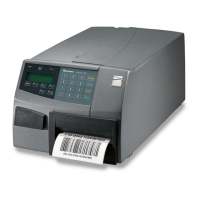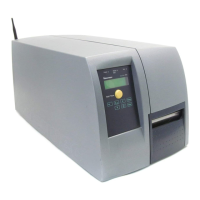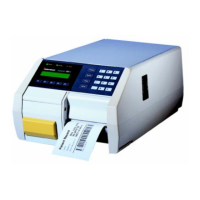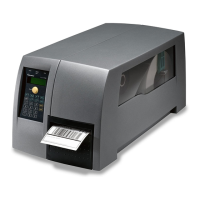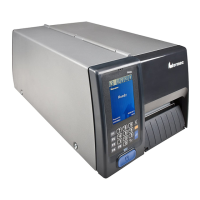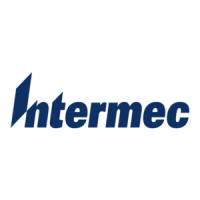Communications Reference
C-5
C
Since the printer uses DC1 and DC3 for data flow control, the printer status characters
are different from those of the Standard Protocol.
Printer Status Character
Buffer already full GS
Ribbon fault US
No label stock EM
Printhead hot SI
Buffer now full DC4
Label at strip pin FS
Label skipping DC2
Printing DC2
Ready DC2
If the host ignores the printer sending an XOFF, the printer resends an XOFF after
receiving every 15 characters from the host. In the case of transmission error, the
printer discards the characters with the error and keeps the rest of the message block.
Polling Mode D
Polling Mode D is a block transfer protocol that transmits data in blocks of up to 255
characters, including protocol overhead. For Polling Mode D, the host/concentrator is
responsible for asking the printer for data it might have (polling) and requesting to send
data to the printer (selecting). LRC characters frame the blocks for additional data
integrity. Use Polling Mode D for point-to-point networks that connect the printer to an
Intermec port concentrator (RS-232 or RS-422 are acceptable).
This protocol is the default setting for the 4420 and 4440 printer. Return the protocol
setting to Polling Mode D by setting the printer DIP switches to the factory default
settings (9600, E, 7, 1) or by sending down the Test and Service mode command D.
Multi-Drop Protocol
Use Multi-Drop protocol to connect up to 32 devices to an Intermec controller on a
four-wire RS-485 (two twisted pair). This protocol is similar to Polling Mode D except
each device has a unique address (POL and SEL character). You must use an RS-485,
which is automatically enabled when you enable Multi-Drop. Be sure to specify a
unique address for the printer and verify that the baud rate is between 2400 and 19200.
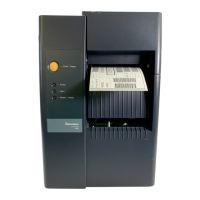
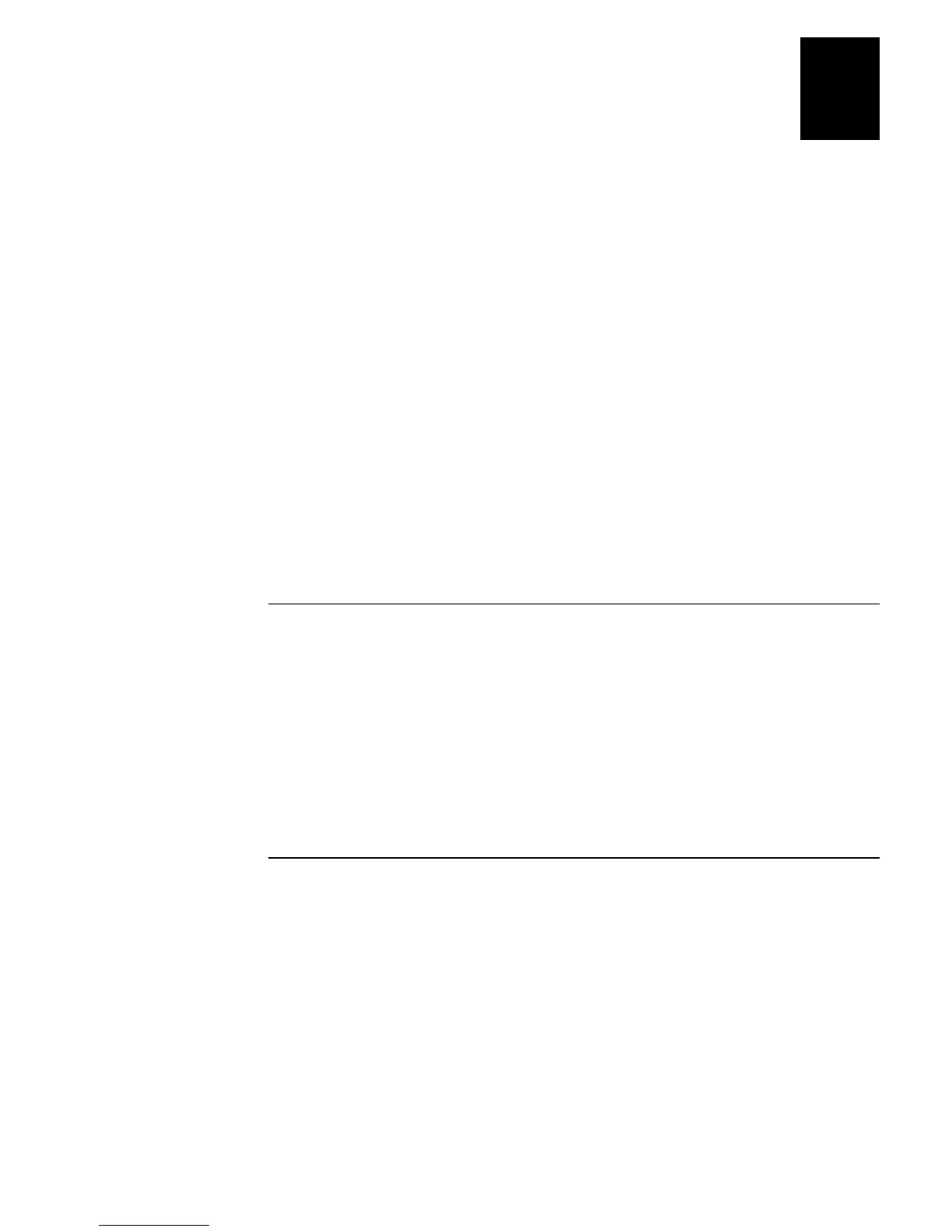